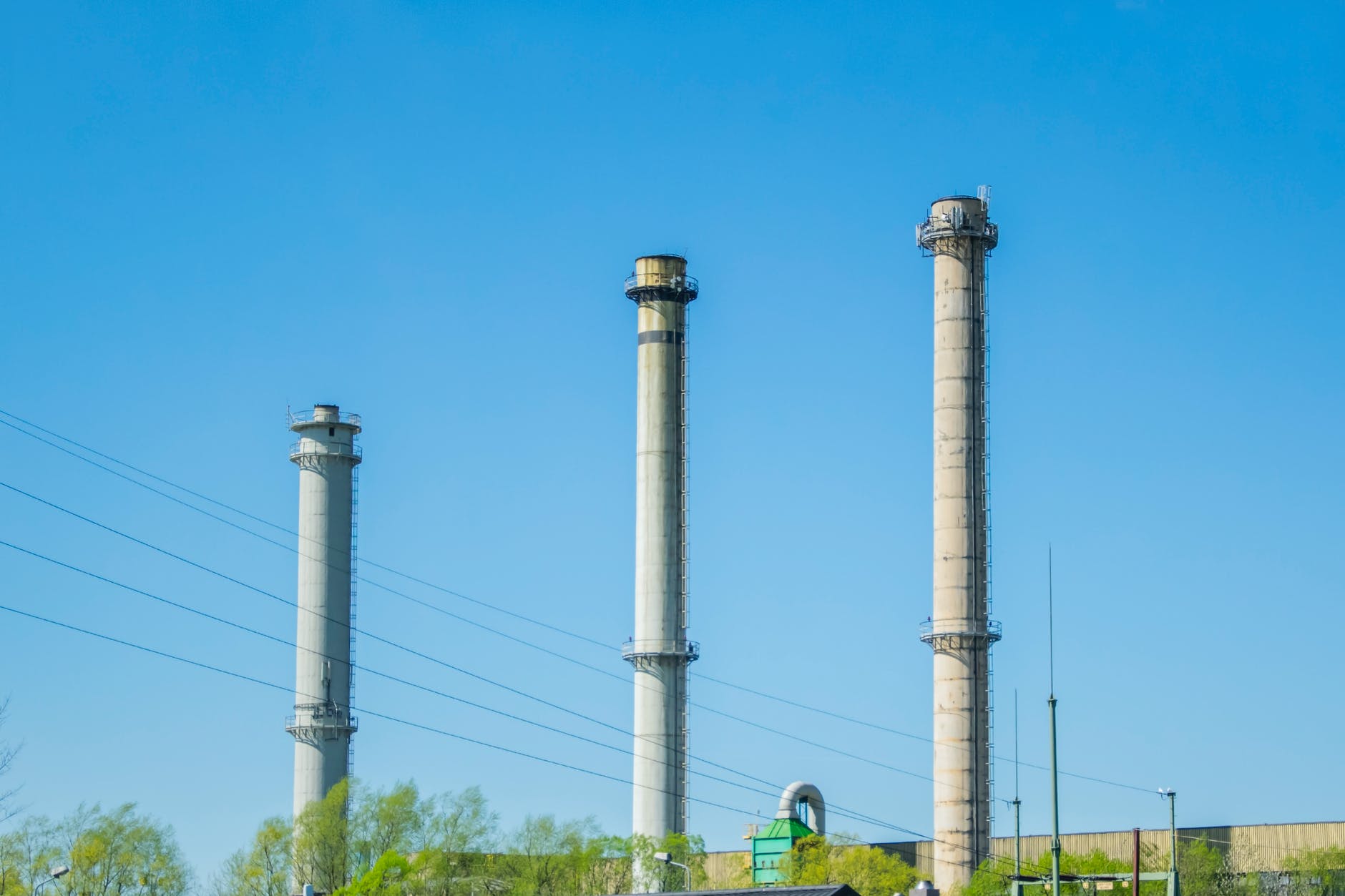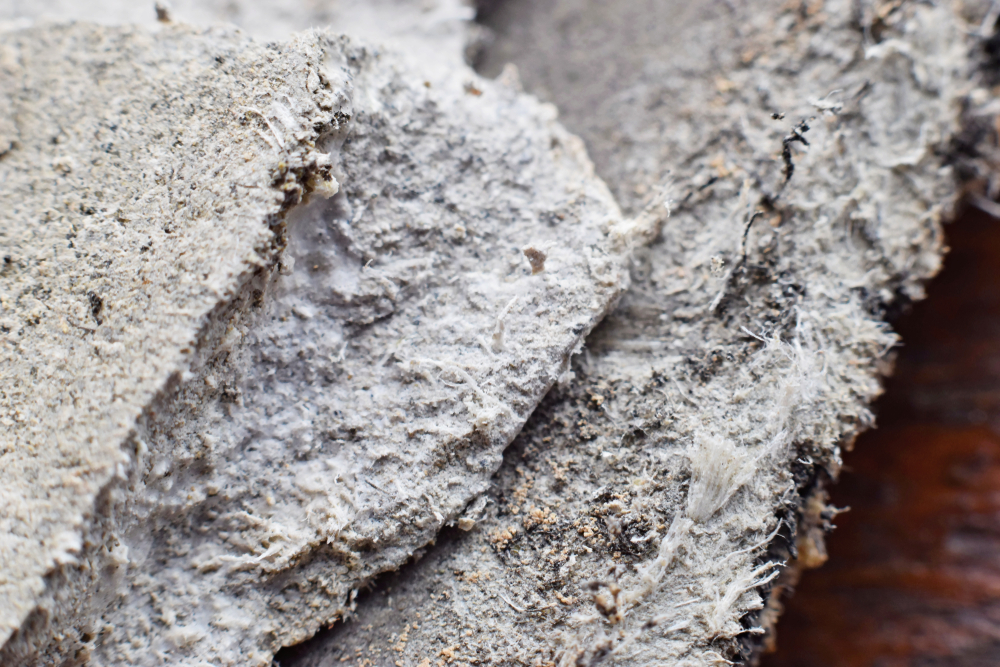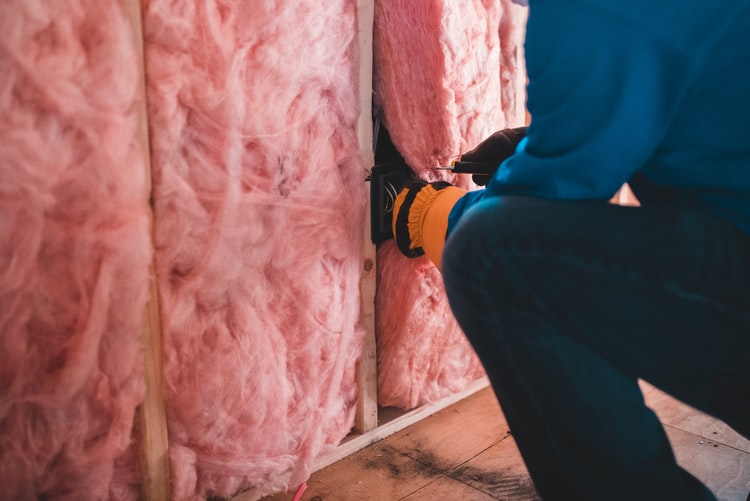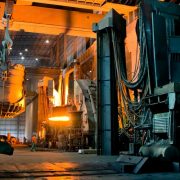The heroic image of the manly hard working American steel worker has always been a job close to America's heart.
However, this is one of the hardcore jobs within the nation, and if you find yourself working at a steel mill, you have to be someone who can tolerate high temperatures and dirty work because this environment will produce heavy metal parts that get used as a way of constructing cars, buildings and bridges. The steel mill manufactures steel products.
How does it do this? It takes the iron ore and coal and combines it chemically as a way of molding and casting products.
The Two Manufacturing Processes
You have two basic manufacturing processes that a steelworker might use. First, you have the Basic Oxygen Furnace process, and you have the Electric Arc Furnaces process. Through the Electric Arc process, you will produce hot-rolled shapes that will include a wide-flange section, channels and angles. Meanwhile, the Basic Oxygen Furnace process differs a little. Instead, it produces billets, slabs and beams while working with the steel.
The Inherit Dangers
Steel mill workers do face some risks as a result of working in a steel mill, including one risk that might not be quite as obvious as the others. Anywhere from the 1940s to the 1970s, asbestos-related products were used in a variety of different fields, including the steel mills. For example, asbestos-related products were often used as insulation materials. A worker was exposed to these materials as they went about with the daily tasks intended for the job.

The dangers here come in if you work in a building built before the 1980s or used equipment that may have contained these carcinogenic fibers. Exposure to these asbestos-related products is even a danger to this day.

Some of the jobs that you might find at a steel mill where you would get exposed to asbestos-related fibers include:
-
Pipefitters
-
Machinist
-
Boilmakers
-
Blacksmiths
-
Welders
-
Brick Layers
-
Millwrights
-
Motor inspectors
-
Conductors
From the time beginning after World War II, the United States steel industry faced intense competition from the European and the Japanese producers. As a result, the Americans focused intensely on this and never let up the pressure up to the 1970s where they remained steady.
Different Ways of Exposure
Steel mill workers faced exposure in a number of ways. First, it could come from the machinery they used. For example, asbestos-related fibers were often used for the insulation of equipment because of how this mineral has excellent heat and fire resistant properties.

Some of the equipment you might find it used in include:
-
Boilers
-
Furnaces
-
Ovens
-
Hot blast stoves
-
Tanks
-
Cranes
-
Steam pipes
Asbestos-related fibers could also be found in some of the protective clothing that a steelworker might use. For example, it could be found in face masks, aprons, gloves and coveralls. Any employee who worked on the furnaces would stand along the path, and the molten metal would flow out during the process of casting. Finally, you could find asbestos products in some of the construction materials of a steel mill.

Some of the most popular places where you might find it include in:
-
Flooring tiles
-
Hot tops
-
Ceiling tiles
-
Refractory bricks
-
Liner boards
-
Asbestos blankets
Exposure in the Trade
It didn’t matter much what kind of steel mill worker a person was because exposure to asbestos-related materials was quite widespread. It came as a direct result of handling the machinery or the materials and the equipment while someone was manufacturing steel. Workers would often inhale the fibers as a direct result of them being involved in the process of manufacturing steel.
The Scientific Research
Researchers within the medical field have done a few different scientific studies about the asbestos-related materials that you could find in the steel mills. Dr. William J. Blot has revealed how a number of different cases were related to asbestosis as a result of pipe coverers who had worked within the steel mill. Belgium also did its own study, and they learned how the people most at risk within the steel mill were the production workers and the maintenance workers.

Mesothelioma has always been a serious asbestos-related illness. In fact, Roby Whittington even won a $250 million lawsuit when he filed it against US Steel. His career began in 1950, and it ended in 1981 when Roby had the cancer mesothelioma. The plant had made use out of asbestos-related materials for a fire retardant. In 1986, the heavy number of lawsuits against LTV steel soon led to its untimely bankruptcy.

